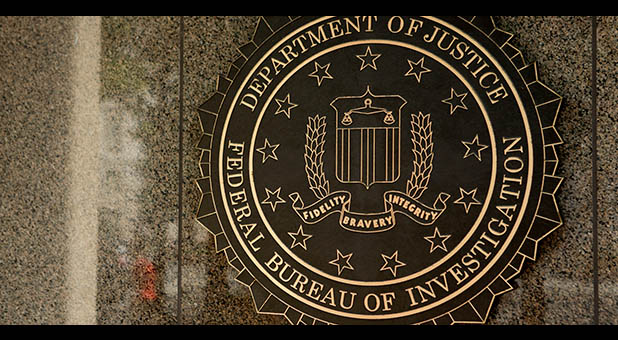Report: FBI Releases More Clinton Investigation Notes
The FBI has quietly released its fifth installment of notes, emails and other documentation from its year-long investigation of former Secretary of State Hillary Clinton’s use of a private email server.
The trove of 300 pages of new documents includes some additional damaging details and will perhaps elicit a new round of congressional questions about why the FBI ultimately decided no criminal charges should be filed. Chuck Ross of The Daily Caller reported:
In one April 27, 2015 email, an FBI official wrote to other officials that they were “about to get drug into an issue on classification” of Clinton’s emails. The official, whose name is redacted, said that the State Department was “forum shopping,” or seeking a favorable opinion on the classification issue by asking different officials to rate emails as unclassified.
Other email traffic sheds light on a controversy involving State Department undersecretary for management, Patrick Kennedy, and a request he made in 2015 that the FBI reduce its classification of a Clinton email related to the Sept. 11, 2012 attacks in Benghazi …
The new FBI release contains a May 21, 2015 email in which Michael Steinbach, the FBI’s assistant director of the counterterrorism division, detailed a conversation he had with Kennedy about the classification issue.
Steinbach said that the FBI had determined that one of Clinton’s emails should be classified using b(1) and b(7) redactions, used to protect information in the interest of national defense and to prevent the disclosure of a confidential source, respectively. Kennedy asked Steinbach to classify the email using only the b(1) category.
An email sent two days earlier from a separate FBI official provided more information about the dispute.
The official, whose name is redacted, wrote that the Clinton email was redacted and classified on the rationale that it contained information that would cause “interference with foreign relations.”
The FBI official wrote that the email could disclose sources and investigative methods used by the bureau.
Click here to read the entire report and to see all of the new documents. {eoa}




























































